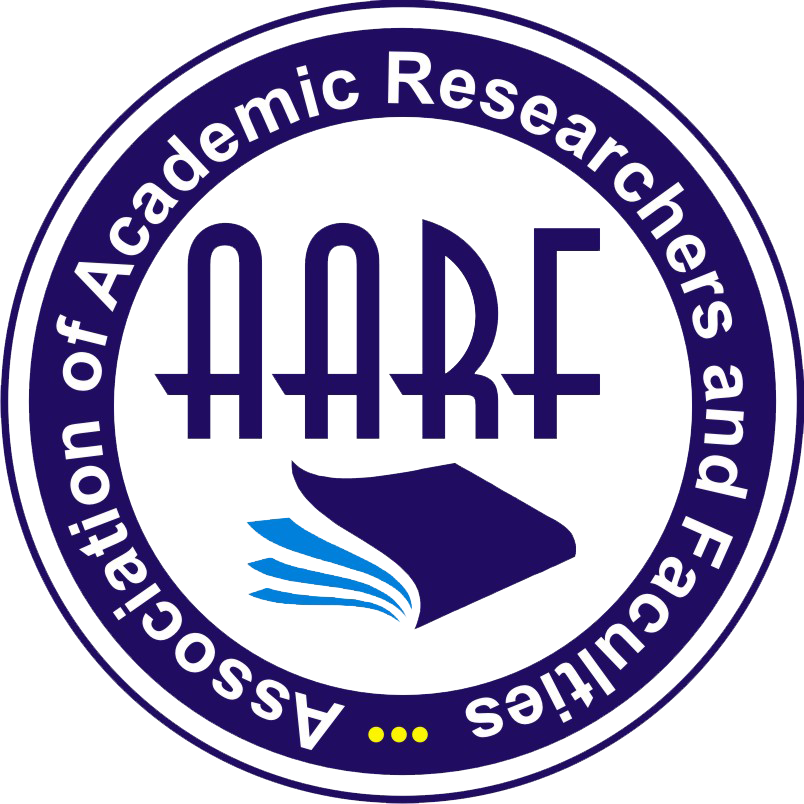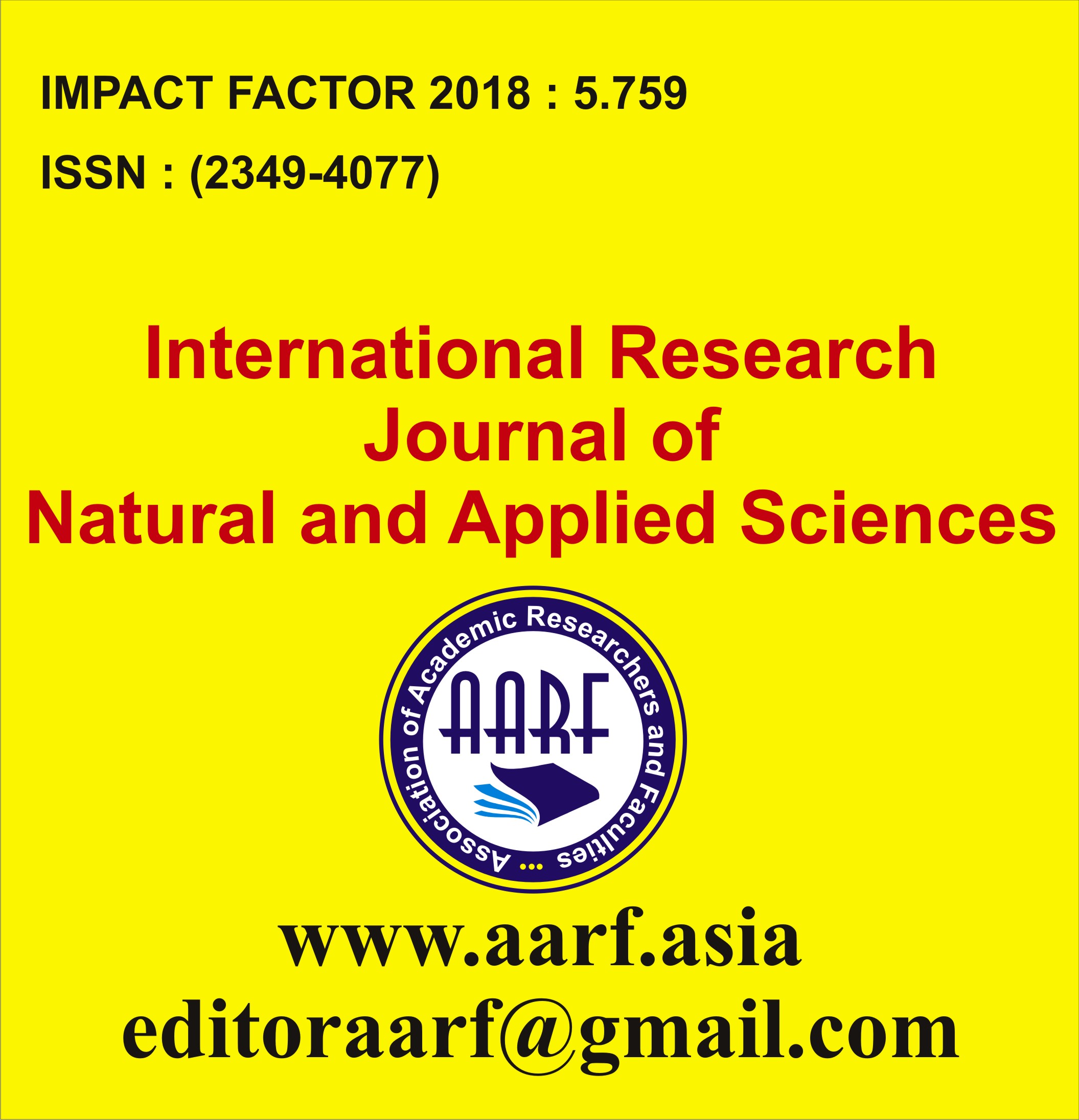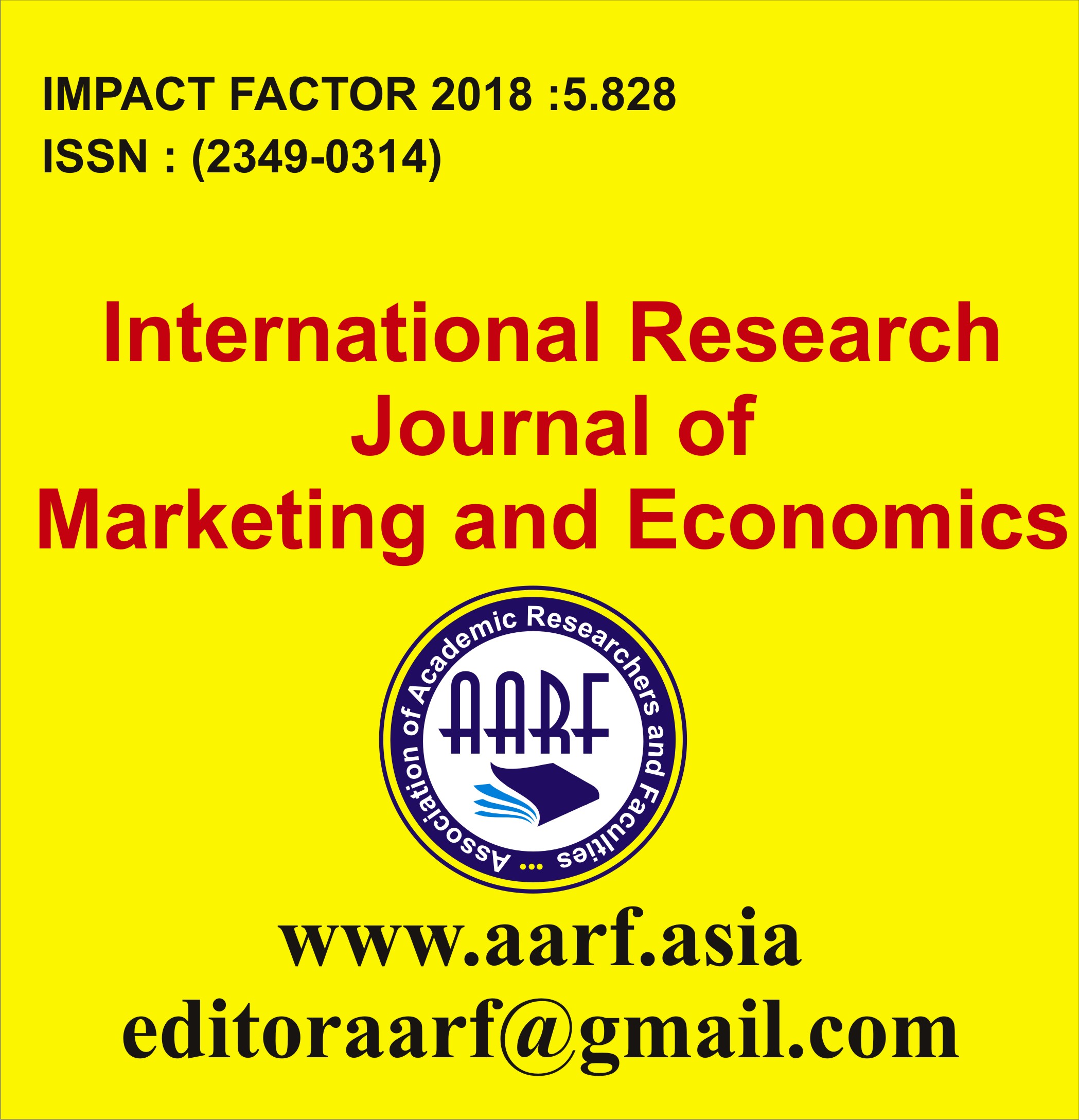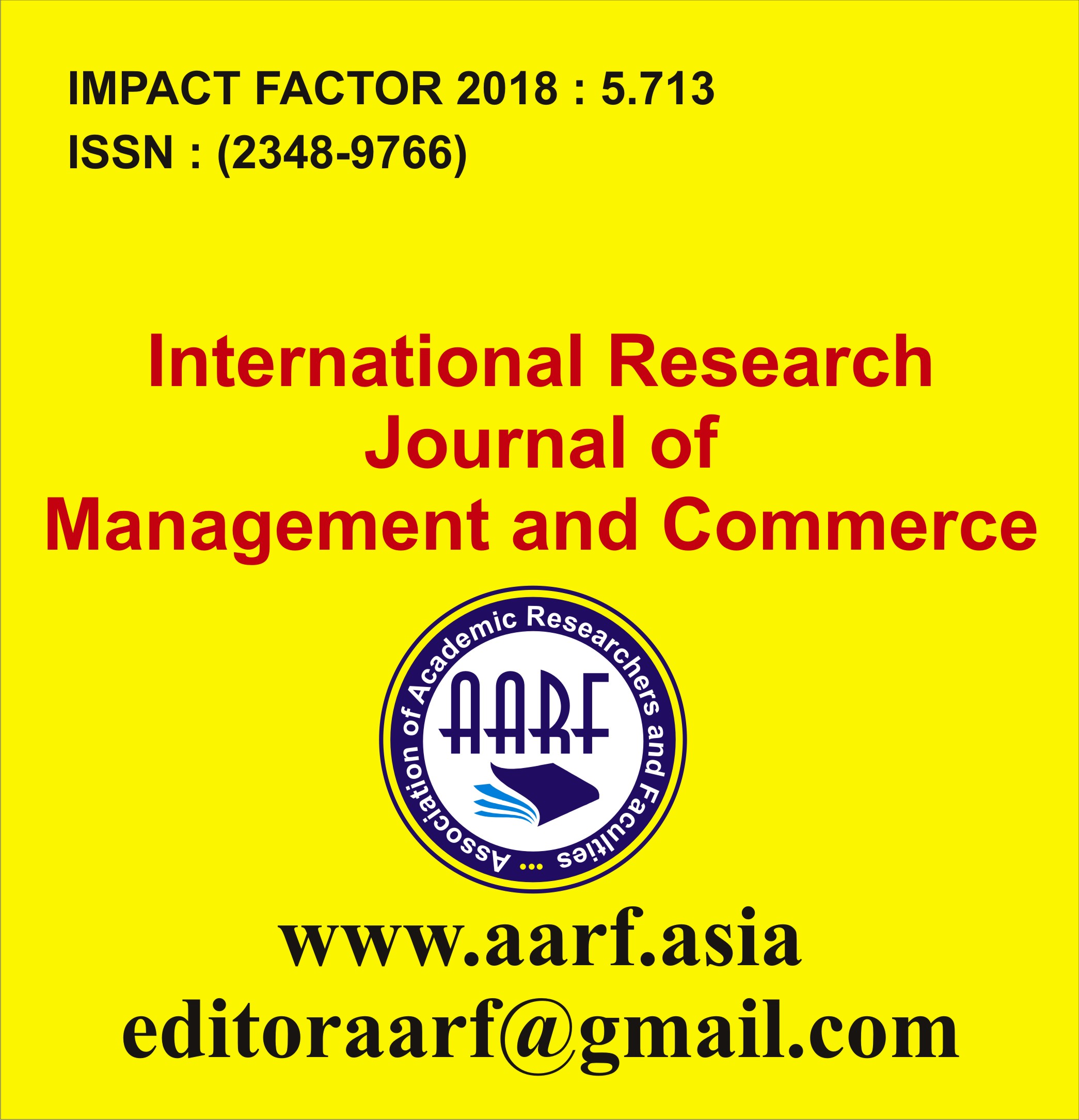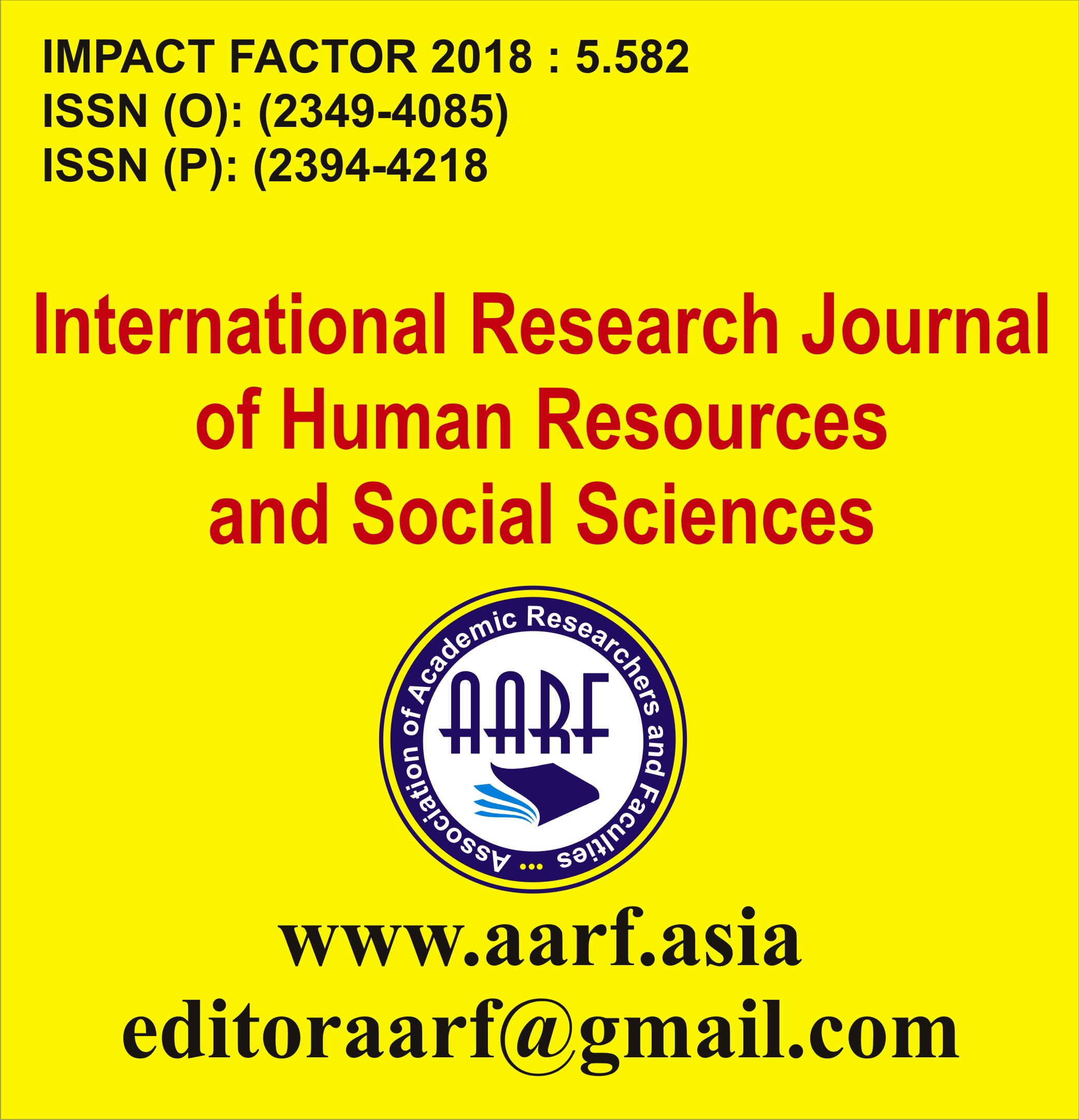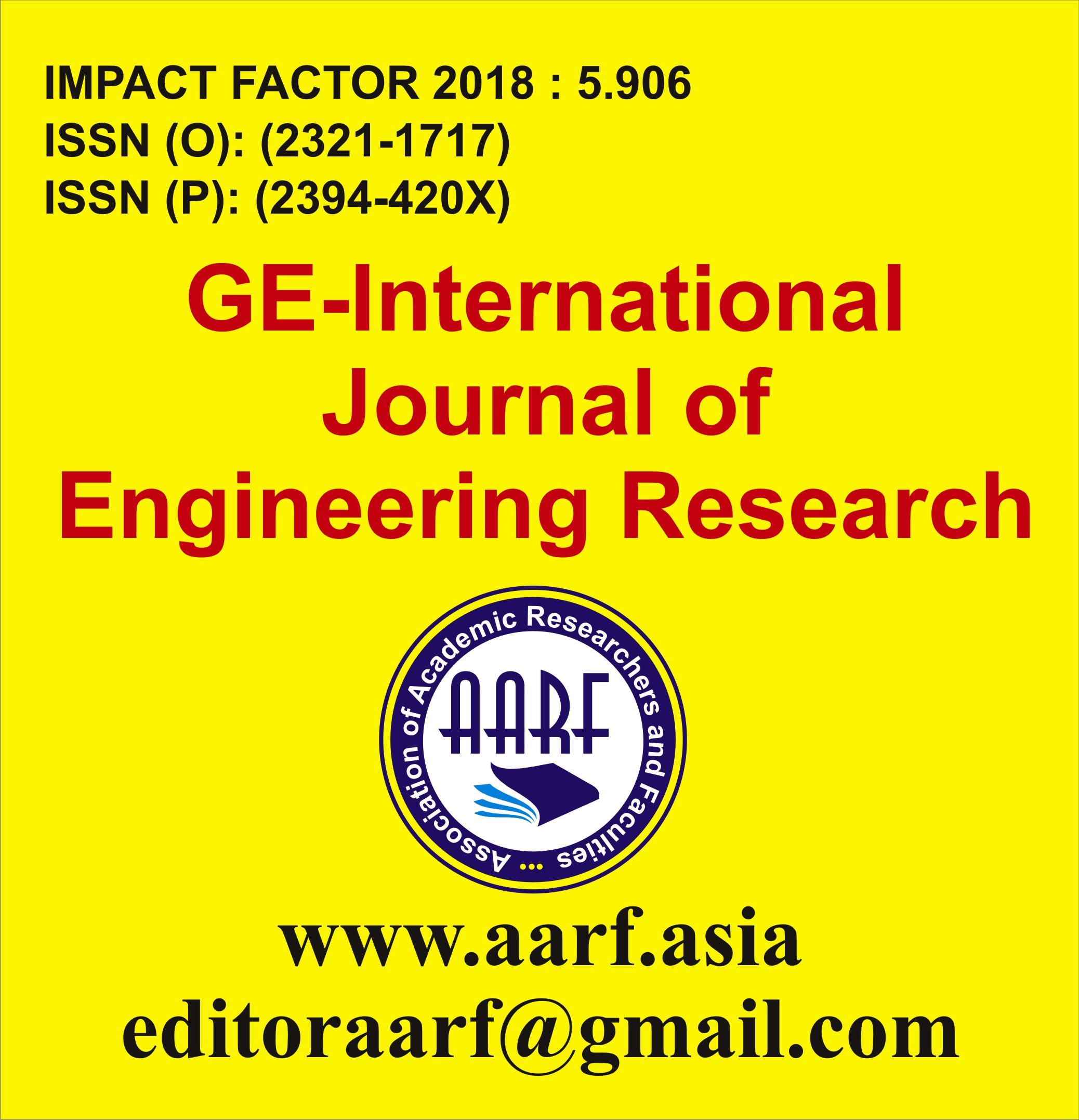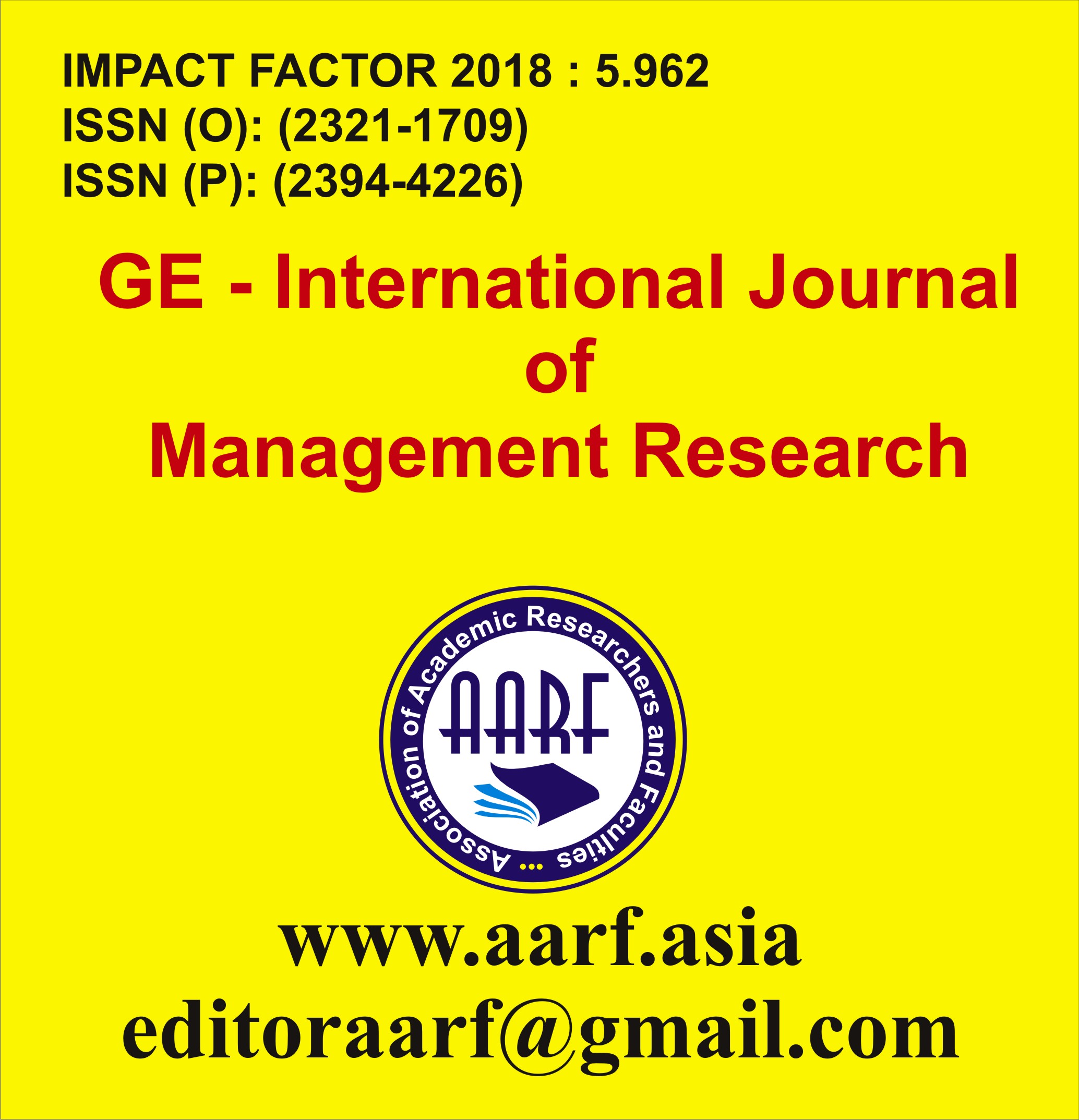
- Current Issue
- Past Issues
- Conference Proceedings
- Submit Manuscript
- Join Our Editorial Team
- Join as a Member

| S.No | Particular | Page No. | |
|---|---|---|---|
| 1 |
ARYADAS CSAbstract: The escalating backlog in family courts has become a pressing concern, undermining the timely delivery of justice and exacerbating the emotional and psychological strain on families involved in disputes. This article delves into the root causes contributing to the backlog, including high caseloads, inadequate infrastructure, procedural inefficiencies, and systemic challenges. It also examines the complexity of family disputes, which often require extended mediation and conciliation efforts. To address these issues, the article proposes strategic solutions such as increasing the number of family courts, leveraging technology for efficient case management, simplifying procedures, and fostering alternative dispute resolution mechanisms like mediation and arbitration. By implementing these reforms, the family justice system can enhance efficiency, ensure faster resolution of cases, and uphold the principle of justice for all. |
|
1-8 |
| 2 |
1. MR. S. M. CHAUGULE , 2. DR. J. P. BHOSALEAbstract: The Central Government runs various schemes and activities for the welfare of poor people in India. ‘Jan Dhan Se Jan Suraksha’ is one of the most helpful schemes launched by the Indian Government in 2015. Under this scheme three different life insurance policies were started with the name of Prime Minister of India. Out of which one was Accidental Policy named PMSBY, second was Term Insurance named PMJJBY and the third one was a Pension Plan named Atal Penshion Yojna. Prime Minister Hon. Narendra Modi declared all these insurance schemes under ‘Jan Dhan Se Jan Suraksha’ scheme on 9 th May 2015 from West Bengal. Out of these, Pradhan Mantri Jeevan Jyoyi Bima Yojna (PMJJBY) is the term insurance policy started especially for the financially backward poor peoples in the country. |
|
9-17 |
| 3 |
SHITAL H. THORATAbstract: Cooperatives occupy an important place in the rural economy of India. Cooperatives societies in India operate across various sectors such as Agriculture, Credit and Banking, Housing and Women's Welfare. They are instrumental in promoting financial inclusion by providing credit to farmers and small entrepreneurs who may have difficulty accessing conventional banking services. India's cooperative movement deeply rooted in its cultural and socio economic landscape, has evolved into a powerful vehicle for inclusive growth, community empowerment, rural development and reducing socio-economic disparities. The paper mainly focused on the scenario in India. This paper is an attempt to study of historical evolution of cooperative sector in India, principles of cooperatives, copperative scenario and challenges faced by cooperative sector in India. |
|
18-23 |
| 4 |
RAHUL GARUDAbstract: The Indian legal profession is undergoing a significant transformation with the advent of digital technologies. This study explores the impact of digital transformation on the Indian legal profession, examining the challenges, opportunities, and future directions for lawyers. A mixedmethods approach was used, combining both qualitative and quantitative data collection and analysis methods. The findings highlight the need for Indian lawyers to adapt to digital technologies, develop new skills, and redefine their roles in the legal profession. |
|
24-27 |
| 5 |
1. MR. S. M. CHAUGULEAbstract: The Central Government of India started Jan Dhan Se Jan Suraksha Yojna in 2015. The main purpose of the scheme was to provide different types of insurance facilities to the financially backward peoples in India. Under this three different types of insurance schemes were launched by the Government with the name of Prime Minister. These schemes are Pradhan Mantri Jeevan Jyoti Yojana, Pradhan Mantri Bima Suraksha Yojna and Atal Pension Yojna |
|
28-34 |
| 6 |
1. MR. TANMAYEE RAMCHANDRA DEKHANE , 2. DR. NISHA C. WAGHMAREAbstract: The COVID-19 pandemic has had a great socio-economic and psychological impact on women in Solapur City, which has intensified pre-existing gender inequalities. Lockdowns and mobility restrictions significantly affected the livelihoods of women in Solapur, especially those working in informal sectors such as weaving, domestic work, and small-scale businesses. |
|
35-40 |
| 7 |
1. MR. BALASAHEB BHASKAR , 2. DR. NISHA C. WAGHMAREAbstract: This paper presents CSR importance for India's SDGs and how the company's operations must match domestic and international goals of development. The CSR policy in India, enacted under the Companies Act of 2013, requires the companies to spend a certain percentage of their net profits towards social causes, especially in rural development, health, education, and environmental development. Through ESG concepts, CSR has evolved into a strategic corporate role rather than a charitable undertaking in India, positively influencing socioeconomic development on a massive scale. |
|
41-46 |
| 8 |
1. MS. SHREYA SHRIKANT BHARATIYA , 2. DR. NISHA C. WAGHMAREAbstract: This study would discuss the profound influence that foster care and adoption have on the development of orphaned children while focusing on the psychology, emotional, and social issues arising out of early traumas, losses, and neglects. The temporary, often familylike environment provided by foster care allows children to have safety, stability, and a chance to develop attachments, but its effectiveness depends on the quality of care, stability, and the presence of supportive social work interventions. |
|
47-52 |
| 9 |
1. MR. SWAPNSHIL ASHOK LAMBTURE , 2. DR. NISHA C. WAGHMAREAbstract: The study reviews societal perceptions of organ donation and transplantation in the context of the complexities introduced by cultural, religious, and ethical factors. Decisions regarding organ donation or acceptance of transplantation are influenced by deeply ingrained cultural beliefs and religious values that vary significantly between communities. Some of these cultures find organ donation a generous act while others view the concern for maintaining one's body, the holiness of the human body, or religious convictions on what may happen to them after death, and they don't want to get involved. All these beliefs beyond personal preference have shaped the policies at national and regional levels. In addition, ethical concerns like fairness in organ allocation, the ethics of organ trafficking, and the risks involved in living donations raise more debates. |
|
53-58 |
| 10 |
DR. K.D. SONAWANEAbstract: Leadership is a multifaceted concept, integral to the functioning of any organization, community, or society. This paper explores the nature of leadership, its various definitions, the different styles and theories associated with it, and its impact on organizational success. Through an examination of contemporary and historical perspectives, this research aims to provide a thorough understanding of leadership as an essential aspect of effective management and human influence. By analyzing both the traits of effective leaders and the environments in which they operate, the paper seeks to illustrate the critical role of leadership in shaping outcomes in a wide array of contexts, from business to politics to social movements |
|
59-62 |
| 11 |
KUNAL KALYAN SONAWANEAbstract: Communication is an essential component of human interaction, impacting both personal and professional relationships. Effective communication not only promotes understanding but also helps strengthen connections, resolve conflicts, and build trust. This paper aims to explore the different elements that contribute to successful interpersonal communication, including verbal and non-verbal communication, active listening, and empathy. |
|
63-66 |
| 12 |
DR. S. I. GHEGADEAbstract: India's education framework plays a pivotal role in shaping the future of its young population and the nation as a whole. With its diverse cultural and geographical landscapes, the education system in India faces a unique set of challenges and opportunities. This paper aims to provide a detailed analysis of India's education system, including its historical development, current structure, challenges, and ongoing reforms. |
|
67-70 |
| 13 |
DR. PRASANNA DESHMUKHAbstract: An attempt has been made in this research paper to take over view of an, Impact of Digital transformation on Higher Education in India. it is seen that the digital technology is making a significant influence on the development of higher education. Digital technology is itself is an unique weapon in the hands of human being to revolutionaries higher education scenario in India. This research paper will throw light on this important issue. |
|
71-75 |
| 14 |
1. DR. S. D. TAKALKAR , 2. APEKSHA MACHINDRA SHINDEAbstract: The Rotary Youth Leadership Awards (RYLA) is a Rotary-sponsored youth leadership training program designed for high school students. Each year, more than 9,000 young people participate in RYLA programs sponsored by Rotary clubs across over 25 countries. The program is provided free of charge to all participating students. One notable RYLA program takes place at Bradford Woods, owned and operated by Indiana University, where participants engage in outdoor leadership training facilitated by trained professionals. The program emphasizes experiential learning through various outdoor challenges, fostering self- confidence, teamwork, and leadership skills. This research paper explores RYLA’s history, objectives, structure, impact, and related Rotary youth programs, including Early Act, Rotaract, and Interact clubs. |
|
76-81 |
| 15 |
DR. SHRIKANT FULSUNDARAbstract: The NSS (NSS) was established on September 24, 1969, with the objective of fostering social awareness among college students and promoting their overall personality development. Since its inception, the activities of this scheme, with the help of college youth, have always contributed to the development of rural areas. The NSS program focuses on emphasizing the importance of labor while also nurturing the artistic talents of college students. It aims to raise social awareness in rural areas on various topics, engage in community development through voluntary labor, promote environmental conservation, value preservation, safeguard historical sites, protect forts and fortresses, and enhance public health. Through these activities, the NSS works toward building a strong and informed citizenry for national development. |
|
82-93 |
| 16 |
1. VIVEK OHDAR , 2. DR. SANJIV CHATURVEDIAbstract: Indian Prime Minister Narendra Modi initiated the Skill India Mission in 2015 to bridge national skill gaps which would create well-trained labor force for employment and skill development. An in-depth assessment of Skill India Mission effectiveness for Indian youth employability is conducted through a Ranchi District case study. |
|
94-100 |
| 17 |
MS JYOTI. T. TUPEAbstract: Agriculture, the cornerstone of the Indian rural economy, plays a important role in sustaining livelihoods and connecting with the secondary and tertiary sectors. Despite its essential contribution to food security and employment, the sector faces several challenges such as low productivity, dependence on monsoons, limited market access, and declining profitability. Postindependence efforts to boost agricultural development and create employment have met with limited success, green revolution and white revolution had its impact on particular resgions only it fails reach entire India as evidenced by agriculture’s diminishing its share in GDP, which fell from 51.9% in 1951 to around 18% by 2023. |
|
101-107 |
| 18 |
SMT. BHARATI SANGITA SUBHASHAbstract: With its 1.3 billion population and confronted with the COVID-19 pandemic, India is at the intersection of two pivotal choices, adjusting medical services and the economy. To forestall the local area spread of the infection, the Indian Government forced a cross country lockdown. However at first fruitful somewhat in containing the illness spread, the lengthy lockdown at last prompts a spiraling out impact bringing about the stoppage of the economy, which, thusly, lead to boundless results influencing the existences of millions of individuals, generally those at the foundation of the social pyramid. I researched the ramifications of few government approaches taken during this pandemic and their effect on society, accordingly recommending momentary emergency the executives with long haul arrangements. Here, I present a broad record of Indian methodology in dealing with the COVID-19 crisis, changing both financial and general prosperity. I likewise investigated a future emergency course of action for hazard relief alongside couple of proposals. This perspective will be helpful for compelling medical services the board and the economy in Asia's crowded country in the COVID-19 and get ready for a future emergency of this nature. |
|
108-114 |
| 19 |
ASST.PROF. SHITAL JAYANT SHINDEAbstract: The unorganised sector or the informal Sector of Indian Labour sector covers the large amount of gross domestic production of our society. This extended majority of workers occupy the 90% of National Labour force. According to unorganised workers security Act 2008; people who are working in a sector, that is made up of every unorganised private company owned by individuals and house holds engaged in the sale and production, with fewer than 10 employees of products and services conducted in a proprietory or collaboration manner. Even though there are various welfare provisions for the unorganised worker, they still face various socio - economic disadvantages and leading a miserable life. |
|
115-120 |
| 20 |
Ms. Rachel Pawar and Dr. Goldie ZakiAbstract: The evolving nature of work is reshaping entrepreneurial landscapes, giving rise to the "passion economy," where individuals monetize their unique skills, knowledge, and creativity. This research explores the emerging trends, technological advancements, and socio-economic factors shaping the passion economy. By examining case studies and theoretical perspectives, the study highlights the transformative impact of digital platforms, gig work, and decentralized work structures on entrepreneurship. Additionally, it evaluates potential challenges and policy implications to sustain and scale the passion-driven workforce. |
|
121-128 |
| 21 |
Dr. Shailesh Malviya, Kaushambi,Abstract: In today's rapidly evolving global landscape, characterized by technological advancements and dynamic market forces, the ability to innovate has become a critical determinant of organizational success and survival. An "innovation culture" – an environment where creativity is nurtured, risk-taking is encouraged, and new ideas are valued and implemented – is no longer a luxury but a necessity. This article will explore the key elements of an innovation culture and discuss how organizations can effectively foster creativity and responsible risk-taking among their employees. At its core, an innovation culture is defined by a set of shared values, beliefs, and behaviors that prioritize the generation and implementation of novel ideas. It is a mindset that permeates all levels of the organization, from leadership to individual contributors. A key characteristic of such a culture is psychological safety. Employees must feel secure enough to express unconventional ideas, challenge the status quo, and even make mistakes without fear of reprisal. This trust and openness are fundamental for unlocking the creative potential within the workforce. When individuals feel their voices are heard and their contributions are valued, they are more likely to engage in divergent thinking and propose innovative solutions. |
|
138-148 |
| 22 |
Dr. Ranjit KaurAbstract: The present chapter explores the job satisfaction of prison staff in Women Jail, Ludhiana, with the aim of understanding their working conditions, professional challenges, and overall well-being. The primary objective is to examine the factors influencing satisfaction levels, including organizational environment, rules and regulations, workload, infrastructure, and interpersonal relations among staff members. Further objectives include assessing the impact of these factors on staff morale, efficiency, and their role in ensuring effective prison administration. The study adopts a descriptive research design to systematically analyze the perceptions and experiences of the prison personnel. Primary data was collected through an interview schedule, wherein the researcher personally interviewed all staff members working in Women Jail, Ludhiana. This comprehensive approach ensured that the views and experiences of the entire workforce were documented and analyzed. The findings reveal that while the prison staff play a crucial role in maintaining discipline, security, and rehabilitation within the jail, they often face challenges such as job-related stress, inadequate facilities, and limited opportunities for career advancement. The chapter concludes that improving job satisfaction through better working conditions, supportive management, and welfare measures is essential not only for the well-being of staff but also for the effective functioning of correctional institutions. |
|
157-176 |
